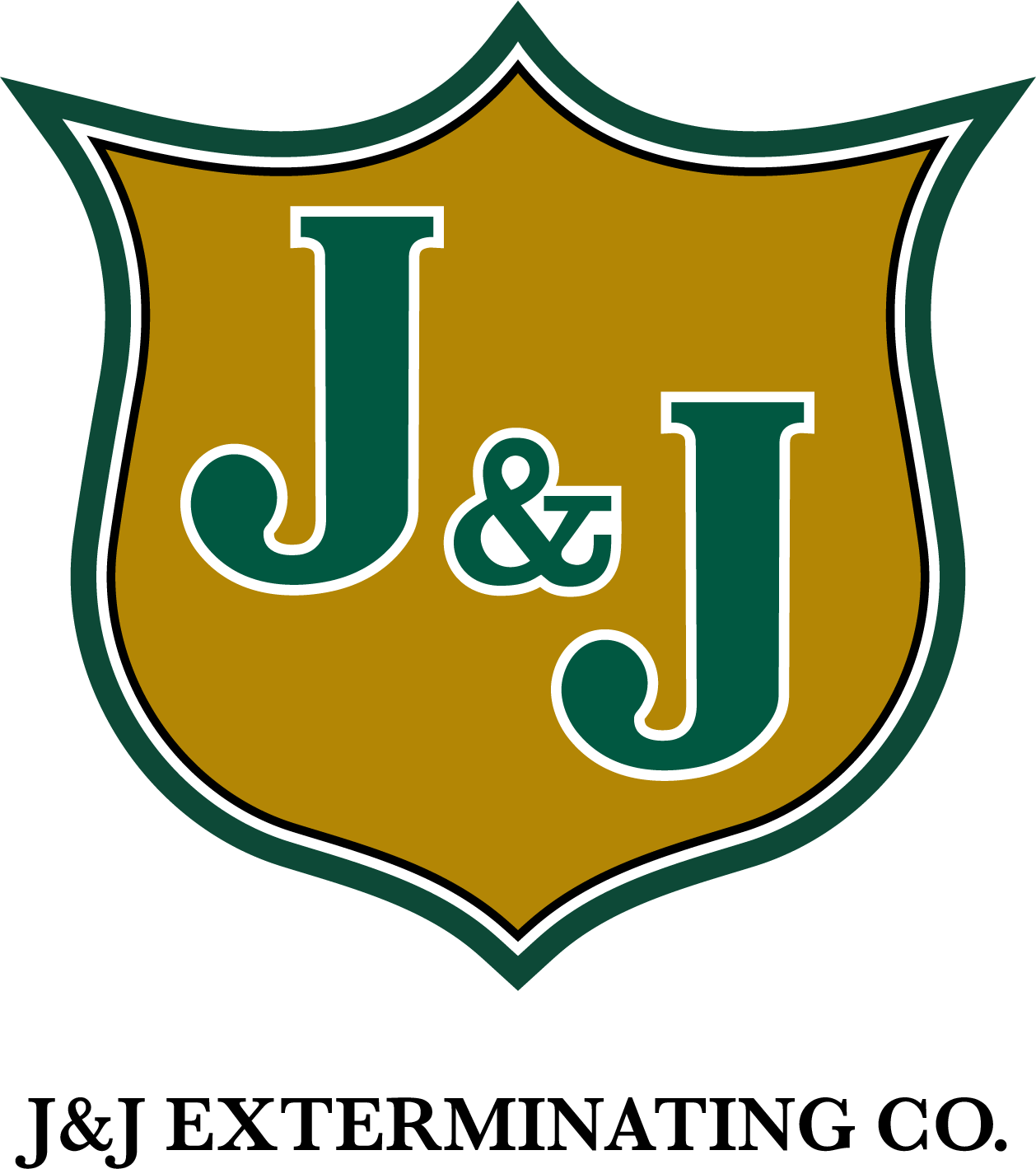Termites may be small, but the destruction they leave behind can be massive—and expensive. Lake Charles, with its warm, humid climate, is a hotbed for termite activity. Unfortunately, many homeowners don’t realize they have a termite problem until significant damage has already been done.
The good news? Knowing how to identify the signs of a termite infestation early on can save you stress, time, and money. This guide will walk you through everything you need to know to protect your property.
Why Are Termites Such a Big Problem in Lake Charles?
Lake Charles provides the perfect environment for termites to thrive. With its subtropical climate, these pests have access to the moisture and warm temperatures they need year-round. Louisiana is home to a few termite species, including subterranean termites, which are particularly troublesome due to their ability to build expansive underground colonies.
Experts estimate that termites cause over $5 billion in property damage annually in the United States, and areas like Lake Charles are especially vulnerable. If left untreated, a termite infestation can lead to structural damage that compromises the integrity of your home.
Common Signs of Termites in Your Home
While termites are sly creatures that often operate out of sight, there are telltale signs they leave behind. Keeping an eye out for these indicators can help catch an infestation early.
1. Mud Tubes
Subterranean termites use small, mud-like tubes to travel between their colony and a food source (often your home’s wood foundation). These tubes typically appear on walls, foundations, or crawl spaces. They protect termites from dehydration while they go about their destructive work.
How to Spot Them: Look for pencil-thin trails of dirt or mud running vertically or horizontally along walls, especially in basements, garages, and crawl spaces.
2. Discarded Wings
Termites swarm during specific times of the year to establish new colonies. After swarming, they shed their wings.
How to Spot Them: Check near windowsills, doorways, and light fixtures for stray wings. If you find a pile of wings, it could mean a colony has taken up residence nearby.
3. Wood Damage
Termites are one thing and one thing only—wood destroyers. They hollow out wood, leaving behind a fragile, honeycomb-like structure.
How to Spot It: Tap on wooden beams, furniture, or floors. If it sounds hollow or feels brittle, termites could be to blame. Look for blistered wood or areas that seem warped for no apparent reason.
4. Noisy Walls
Believe it or not, termites can make noise. Soldier termites “tap” their heads against wood to signal danger to the rest of the colony.
How to Spot It: Place your ear on a suspected wall or area of woodwork and listen for faint clicking sounds.
5. Frass (Termite Droppings)
Drywood termites, another species, leave behind droppings called frass after eating through wood.
How to Spot It: Look for small piles of pellet-like material in corners, on windowsills, or near damaged wood. Frass can often resemble sawdust.
6. Swarmers
Spotting winged termites (also called swarmers) is a clear sign of trouble. These termites are usually dark brown or black in color and measure about ¼ to ½ an inch long.
How to Spot Them: Swarmers are often seen inside or near homes right after rain, as it provides the perfect conditions for termites to breed.
Why Early Detection Is Critical
Some pests, like ants or cockroaches, can be an annoying inconvenience. Termites, on the other hand, threaten your entire home. Once termites establish a colony, they can quickly chew through wooden beams, floorboards, and even wallpaper—leading to costly repairs. Some insurance policies don’t even cover termite damage, making it all the more vital to catch infestations early.
What Should You Do If You Spot Termites?
If the signs listed above have you concerned about a potential termite infestation, your next steps are critical. Here’s what to do:
- Don’t Disturb Them
While it may be tempting to destroy mud tubes or spray visible termites, it’s best to leave them alone. Disturbing termites can cause them to scatter, making it harder for professionals to treat the problem.
- Document the Evidence
Take pictures of any mud tubes, wings, or wood damage you’ve found. This documentation can be valuable when consulting with pest control experts.
- Call a Pest Control Expert
Termites are not a DIY pest. Professional pest control services in Lake Charles have the tools and expertise needed to eliminate colonies and prevent them from coming back.
- Consider a Termite Inspection
Even if you haven’t yet seen termites, an annual termite inspection is a smart precaution, especially in high-risk areas like Lake Charles.
Prevention Tips to Keep Termites Away
The best way to deal with termites is to prevent them from invading your home in the first place. Here are some actionable tips to reduce your risk:
- Reduce Moisture Around Your Home: Termites are attracted to damp conditions. Fix leaky pipes, ensure proper drainage around your foundation, and keep gutters clear.
- Store Firewood Away from the House: Firewood piles can act as a buffet for termites. Keep it at least 20 feet away from your home.
- Seal Entry Points: Cracks in your home’s foundation or gaps near doors and windows can provide easy access points for termites. Seal them up to keep pests out.
- Maintain a Barrier: Use pest-resistant materials when possible, and keep your soil-to-wood contact to a minimum.
- Schedule Regular Inspections: Professionals know what to look for even in the early stages of an infestation. Many exterminators offer affordable annual check-ups.
Trusted Termite Control in Lake Charles
Spotting the signs of termites early can save you from financial strain and structural headaches. If you suspect termites—or simply want peace of mind—don’t hesitate to call in professional termite help.
Looking for a reliable pest control partner? Protect your Lake Charles home by connecting with experts who understand the unique challenges of termite control in this region.
Act today, because when it comes to termites, time is not on your side!




